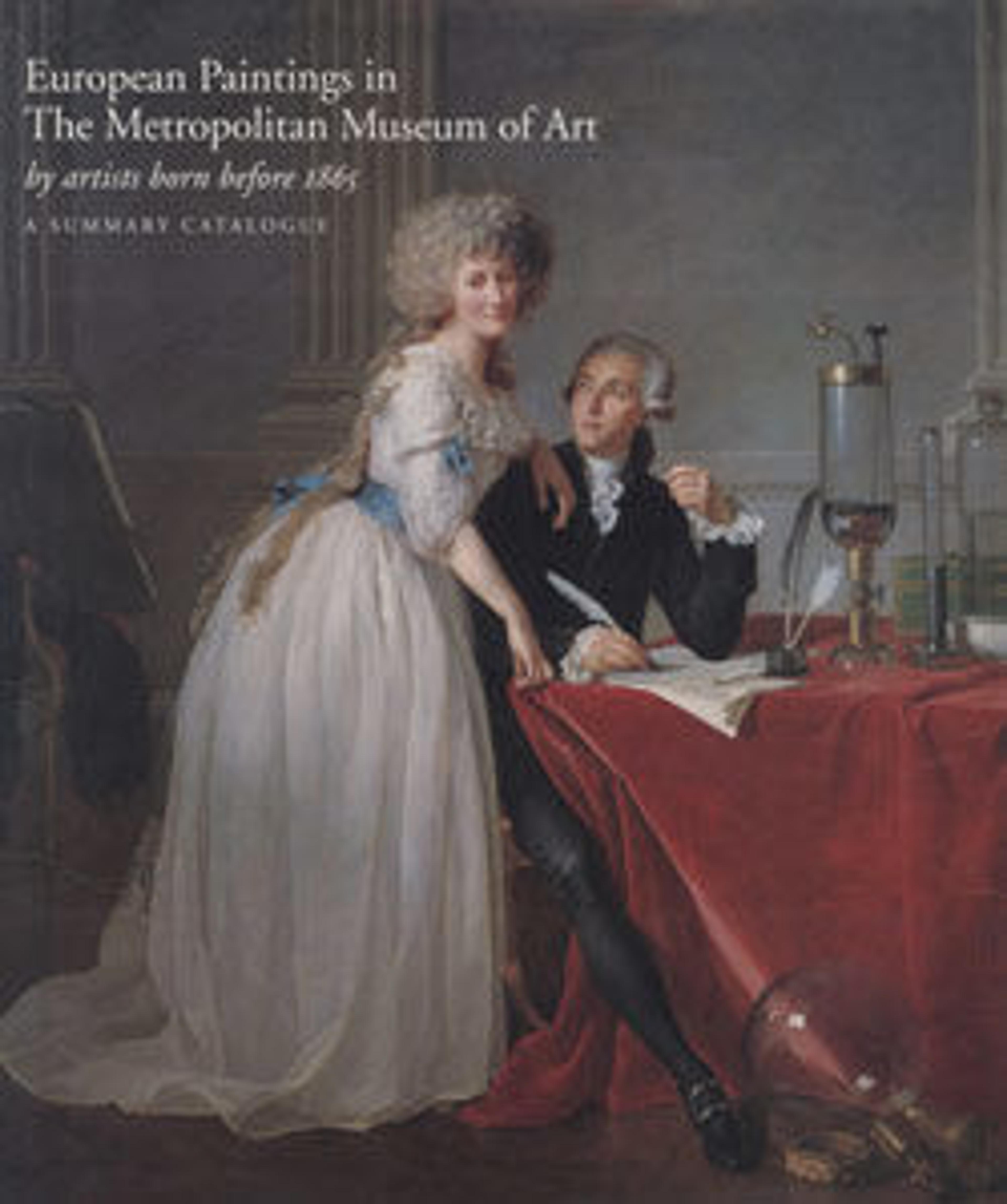The Triumph of Henry IV
This energetic sketch shows Henry IV, king of France, entering Paris “in the manner of the triumphs of the Romans,” as described in Rubens’s contract of 1622. Rubens was commissioned to paint forty-eight large canvases for the king’s widow, Maria de’ Medici, to decorate the Palais de Luxembourg. Those depicting her life (now at the Musée du Louvre, Paris) were finished in 1624, but little of the companion series devoted to her husband was completed before Maria’s banishment from France in 1631. The present oil sketch is the last of four in which Rubens worked out his heroic allegory of events from recent history.
Artwork Details
- Title: The Triumph of Henry IV
- Artist: Peter Paul Rubens (Flemish, Siegen 1577–1640 Antwerp)
- Date: ca. 1630
- Medium: Oil on wood
- Dimensions: 19 1/2 x 32 7/8 in. (49.5 x 83.5 cm)
- Classification: Paintings
- Credit Line: Rogers Fund, 1942
- Object Number: 42.187
- Curatorial Department: European Paintings
More Artwork
Research Resources
The Met provides unparalleled resources for research and welcomes an international community of students and scholars. The Met's Open Access API is where creators and researchers can connect to the The Met collection. Open Access data and public domain images are available for unrestricted commercial and noncommercial use without permission or fee.
To request images under copyright and other restrictions, please use this Image Request form.
Feedback
We continue to research and examine historical and cultural context for objects in The Met collection. If you have comments or questions about this object record, please contact us using the form below. The Museum looks forward to receiving your comments.
